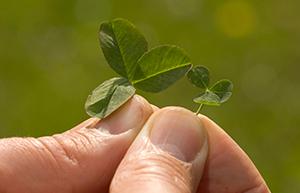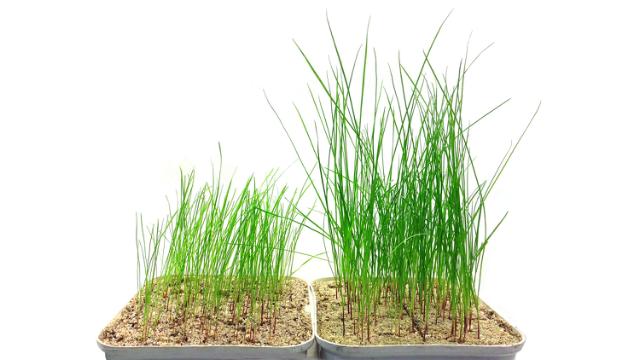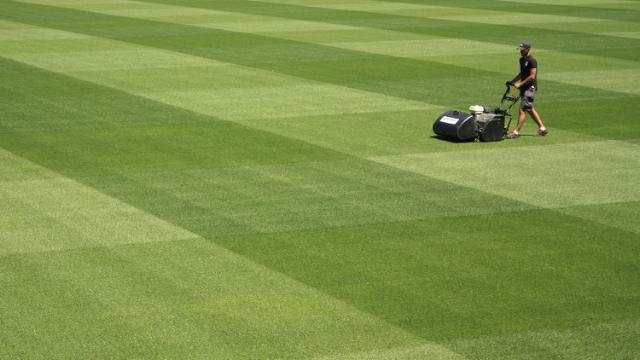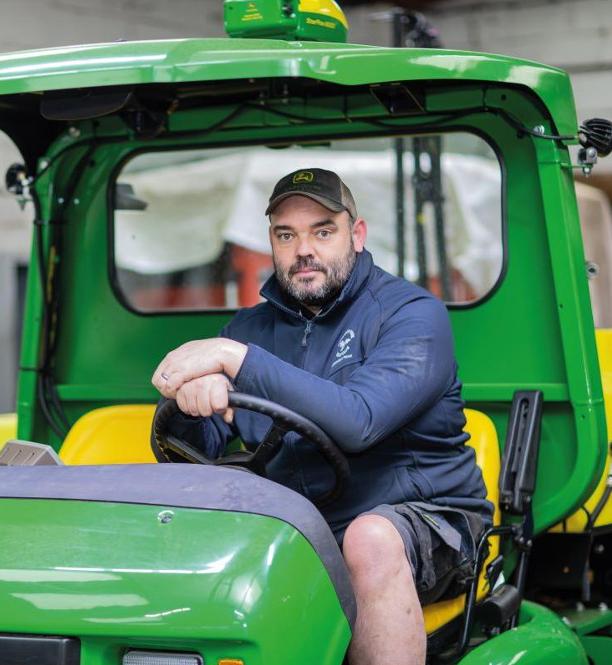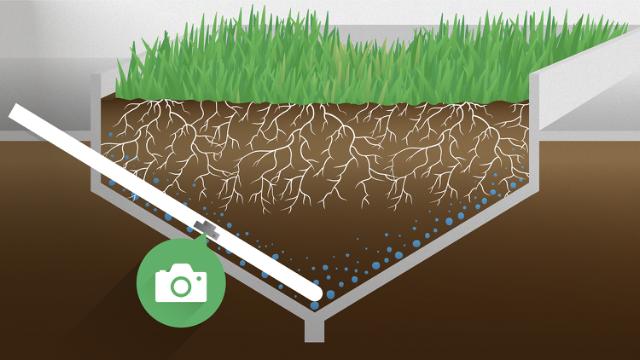
Roots
Managing turf is becoming increasingly demanding with changing environmental and climatic conditions. To meet these changing needs, we have screened grass varieties to see which can grow better under difficult conditions like spring and early summer drought, and use nutrients more efficiently to improve the strength and health of the plant. Our research on grass root architecture shows that strong roots are essential and can help you future-proof your business.



